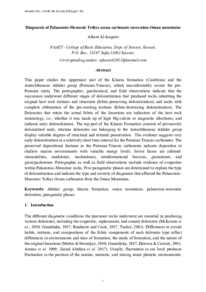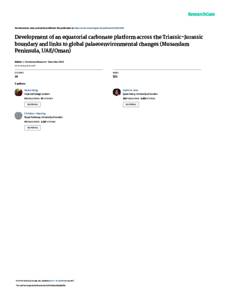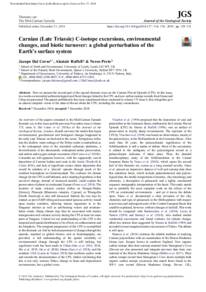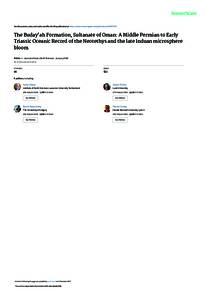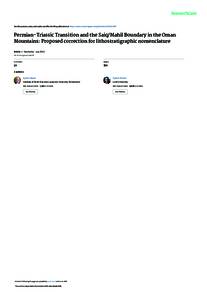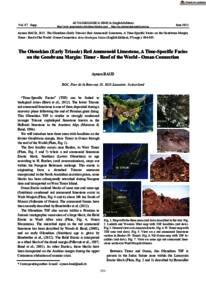وثيقة
Diagenesis of palaeozoic-mesozoic tethys ocean carbonate succession-Oman mountains.
المعرف
DOI: 10.48129/kjs.13183
المصدر
Kuwait Journal of Science. v. 49, 3
الدولة
Kuwait.
مكان النشر
Kuwait
الناشر
University of Kuwait.
ميلادي
2022-07-01
اللغة
الأنجليزية
الملخص الإنجليزي
This paper studies the uppermost unit of the Kharus formation (Cambrian) and the Autochthonous Akhdar group (Permian-Triassic), which unconformably covers the pre- Permian strata. The petrographic, geochemical, and field observations indicate that the succession underwent different stages of dolomitization that produced rocks inheriting the original host rock textures and structures (fabric-preserving dolomitization) and rocks with complete obliteration of the pre-existing textures (fabric-destroying dolomitization). The Dolomites that retain the actual fabric of the limestone are indicators of the host rock mineralogy, i.e., whether it was made up of high Mg-calcite or aragonitic allochems, and indicate early dolomitization. The top part of the Kharus Formation consists of pervasively dolomitized units, whereas dolomites are belonging to the Autochthonous Akhdar group display variable degrees of structural and textural preservation. The evidence suggests very early dolomitization in a relatively short time interval for the Permian-Triassic carbonates. The preserved depositional features in the Permian-Triassic carbonates indicate deposition in shallow marine environments with variable energy levels. Seven facies are inferred: stromatolites, mudstones, wackestones, intraformational breccias, grainstones, and grain/packstones. Petrographic as well as field observations exclude evidence of evaporites within Palaeozoic-Mesozoic rocks. Five paragenetic phases are determined to explain the type of dolomitization and indicate the type and severity of diagenesis that affected the Palaeozoic- Mesozoic Tethys Ocean carbonates from the Oman Mountains.
ISSN
2307-4108
قالب العنصر
مقالات الدوريات

